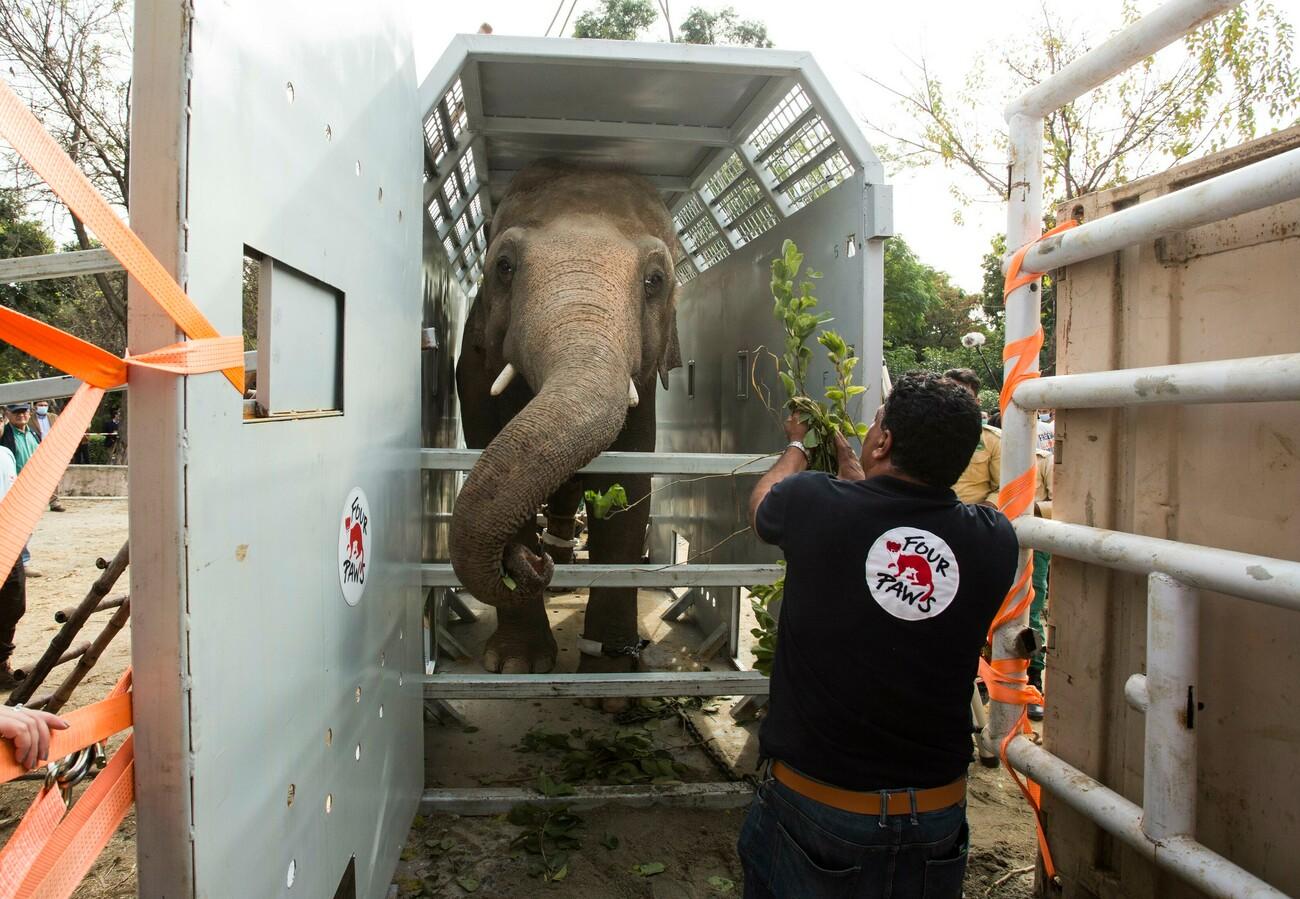This is an update on my final project- I have decided on researching and proposing marine and wild life sanctuaries in Pakistan in an attempt to promote the sustainability and enhancement of Pakistan’s ecosystem. You can find my Miroboard here.
A wild life sanctuary is a place where animals, especially those who are endangered, are able to seek refuge and get treated for their injuries or health problems comfortably. There is no hunting allowed in such areas. One such example is Sundarban National Park in West Bengal, India. Named after the Sundari trees that grow there, this reserve is known for being a protected zone for tigers. Tourists and locals alike can visit the park as well, which boosts India’s economy.

There is one such reserve in Mianwali District Punjab, Pakistan as well, by the name of Chashma and Taunsa Barrage Dolphin Sanctuary. However, the lack of online resources for information about the latter is an alarming indicator of the fact that such ventures are not being adequately funded or taken care of. Hunting practices are not discouraged in Pakistan either, and deforestation rates are staggeringly high. As a result, a lot of wild life species are endangered in Pakistan, such as the striped hyena, caracal, leopard, snow leopard and the Asian white backed vulture.

There is animal abuse present in the form of zoos as well. A very famous example is Kaavan, who became known as the ‘world’s loneliest elephant’ online due to the horrible conditions he was being kept in at Islamabad Zoo. Kaavan was depressed in a space much smaller than is needed by a grown male elephant, mourning the loss of his partner who died of an infection caused by hooks that were dug into her flesh. He was recently rescued by an organization called Four Paws International with the help of American singer Cher, and moved to Cambodia.

In my research, I came across the concept of ‘wild life corridors’, which help wild animals connect with members of their species and migrate to survive climate change- they could hugely benefit the displaced animals in Pakistan.
Moving onwards to marine life, a marine life sanctuary rehabilitates marine animals and releases them back once they are better. It is often open to the public to spread awareness and earn profits to sustain the venture, but a sanctuary differs from an aquarium such that there are no abusive practices carried out on the animals and they are not raised or bred in captivity. Research is also promoted in order to learn more and solve problems regarding the ocean and sea wildlife. An example is the Pelagos Sanctuary for Mediterranean Marine Mammals between Italy and the Island of Sardinia, which is home to species like the long finned pilot whale, striped dolphin and the sperm whale.
There are no such sanctuaries or campaigns currently to protect the marine life of Pakistan. The Arabian Sea is increasingly polluted with sewage and chemical waste, to the point that the water at Sea View in Karachi has turned murky and black. Pakistan is home to species like the blue whale, green turtles, dolphins and corals, all of which are in danger due to their habitat turning toxic and poisonous. Moreover, the new dolphin show in Lahore is a terrifying addition to animal abuse in the city. You can learn about the dangers of supporting such entertainment in the video below:
I hope to write a thorough proposal for a wild and marine life sanctuary for Pakistan based on my on-going research on the matter.
